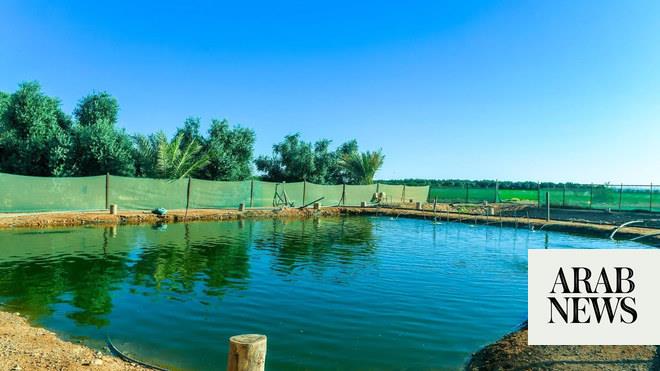
The global food system is facing a number of stresses and shocks due to the complex interplay of social, economic, political and environmental factors. With the world’s population forecast to rise to 10 billion by 2050, policymakers are faced with the problem of securing food for all that is affordable, nutritious and environmentally sustainable. Additionally, the rise of a global middle class, climate change threats, disease outbreaks and protracted conflicts are contributing to greater uncertainties and threats to food supplies.
Food insecurity is particularly complex for the Middle East, with the region facing a number of threats to stability and progress. Conflicts in many countries are disrupting agricultural production, adding to the risk of large-scale famine. Moreover, the region has a low agricultural output due to limited arable land, water scarcity and climate-related shocks. High food import levels, unsustainable diets, food loss and waste, economic shocks, global food crises, fluctuating oil prices and the COVID-19 pandemic have all contributed to a stressed food system.
A recent report by the UN Food and Agriculture Organization sheds light on food insecurity in the region. According to 2019 data, more than 51.4 million people are hungry, while 137 million lack regular access to sufficient and nutritious food. Malnutrition is rampant, with around 22 percent of under-fives suffering from stunted growth and 9.2 percent with severe weight loss. More than half the region’s population is unable to afford healthy food, compared with the global average of 38 percent. Meanwhile, obesity in the Arab region is the second-highest in the world, affecting 27 percent of the adult population.
Tackling these daunting threats requires a grassroots overhaul of the global food system, as well as collaboration with international actors to bring about the required changes. By directing efforts toward mutual global priorities, the Middle East can play an influential role in delivering a sustainable, affordable, healthy and inclusive food system for its population.
Regional governments should form strategic alliances with other countries, international agencies, research centers, academic institutions, farmers’ associations, and private sector companies to provide investment in priority areas. Projects could include the preservation of global biodiversity, climate change mitigation measures, investment in agricultural technologies solutions, and funding research on agricultural productivity. Dedicated food security ministers should be appointed to spearhead efforts.
More than half the region’s population is unable to afford healthy food, compared with the global average of 38 percent.
Sara Al-Mulla
Key investments to boost local production are vital for the region’s resilience, in addition to supporting local farmers and cooperatives. Previous crises and the pandemic have shown policymakers the value of partnering with local farmers to formulate resilience plans. Many countries are providing special loans to encourage farmers to adopt innovative farming technologies. In 2020, Saudi Arabia spent $665 million to facilitate food imports and help local farmers boost crop production through the use of hydroponics, which uses 90 percent less water than traditional farming methods.
Advances in agricultural technology are paving the way to greater productivity. Last year, the Abu Dhabi Investment Office invested $100 million in four agritech companies building research facilities and production centers in the emirate. Earlier this year, Dubai launched the Food Tech Valley, with research facilities, an innovation center, a smart food logistics center and spaces for vertical farming. As a result of these efforts, the UAE now has 1,000 hydroponic farms, up from just 50 in 2009.
At the same time, it is imperative Arab countries diversify food import sources, ease customs procedures, set minimum food storage quantities and establish business continuity plans. Improved supply chain efficiencies, transport and storage will reduce food losses from farm to retail. Special pricing policies will ensure low-income groups have more reliable options when it comes to staple and healthy food. Policymakers should also consider nudging consumer behavior toward sustainable and healthy diets via nutrition literacy programs, food labeling and strategies to cut waste.
Many countries, particularly those highly dependent on food imports, are adopting novel approaches to food security. Singapore — long subject to volatile prices due to its 90 percent food import rate — is working to diversify import sources from 170 countries.
In 2019, the Singapore government announced an ambitious plan to produce 30 percent of its nutritional needs locally by 2030. Indoor agricultural technologies, such as hydroponic and vertical farming, are part of a range of innovative solutions. The government partnered with German vertical farming firm &ever to establish a fully automated indoor farm that will produce 500 tons of fresh produce annually.
Last month, Singapore launched a dedicated agricultural technology training facility to teach the basics of crop farming, innovative farming technologies, farm operations, artificial intelligence in farming operations, and farm management.
Global food systems contribute to the well-being and economic prosperity of the region’s population, so it is imperative an ambitious plan be put in place to protect its resilience and sustainability.











